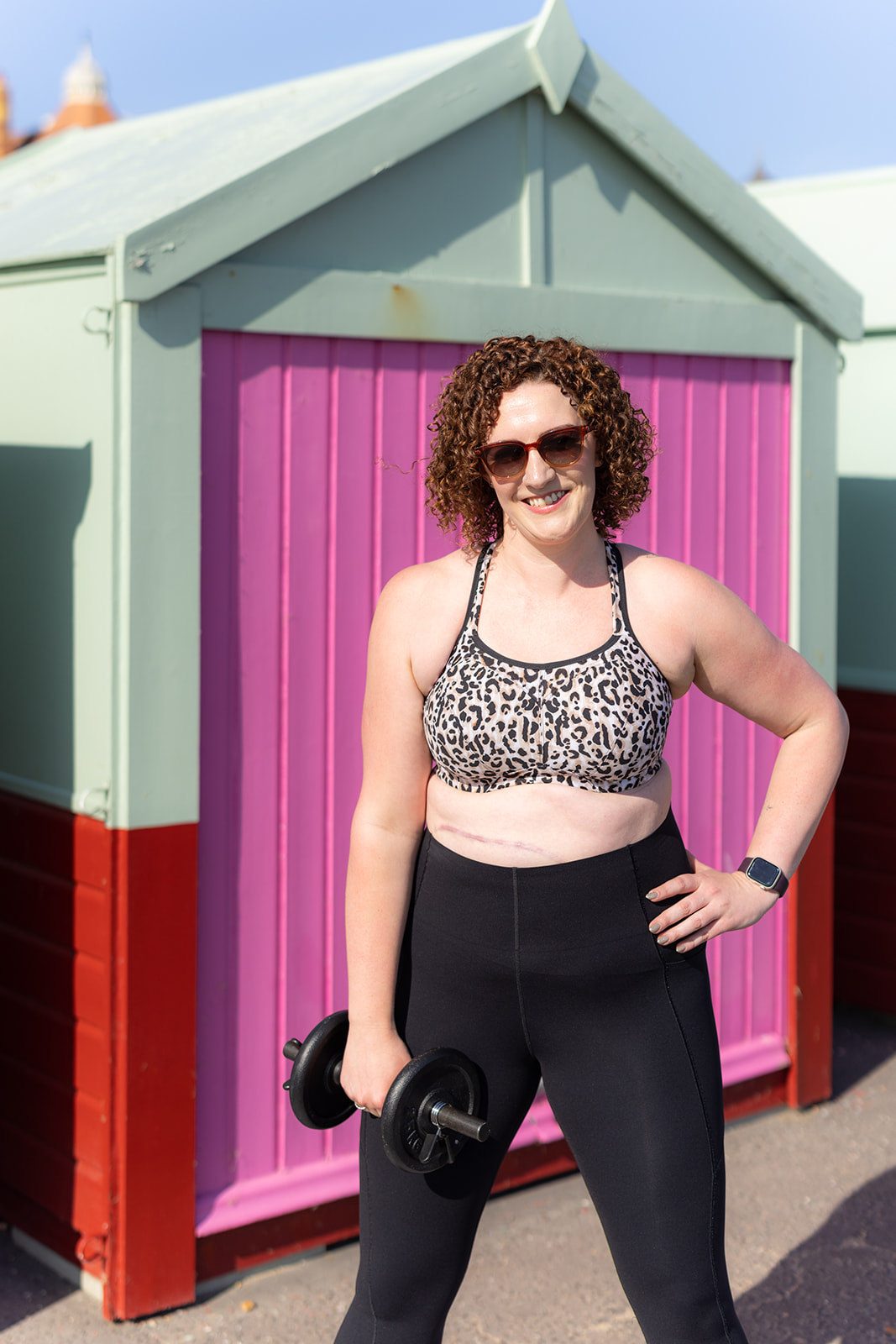It’s been a good five minutes since steps equalled clicks, so what better to do than drive website traffic during the dismal summer months than to tell the public that they now “only” need to accomplish 4,000 per day to improve their health. Are the headlines true? Let’s review…
Previously, on “Step Counts Are Newsworthy”…
I can’t even tell you which Season of this show we’re on any more. We’ve been told that we need to get 10,000 every day for the rest of our lives. We’ve been told walking is better than running. We’ve been told walking is as good as running. We’ve heard that it’s actually fine if you get 7,500. We’ve been reminded that the famous 10k was only ever a marketing gimmick. Or maybe it was that it was what female secretaries did versus their male bosses in the 1970s. Nobody’s sure any more.
And that should tell you everything you need to know.
The big news, when it comes to fitness, is this:
Blanket exercise prescription is ineffective.
I said it.
There is absolutely no one rule to suit us all. We are all far too different in terms of physiology. There are too many variables to our privileges and availability to exercise. Our bodies are capable of vastly different things. And that’s without going anywhere near the famous myth of motivation to exercise.
But none of that is apparently worth writing about. Why educate people properly?! Because you can mislead them. And remind them that we’re all going to die some day…
What does the latest publicised research say about step counts?
What’s interesting to me is actually the public response to this. No word of a lie, someone I know excitedly came up to me and said, “Did you hear that you now only have to do 4,000 steps per day?”. My response was an eyeroll that snapped my optic nerve and an anguished sigh.
What the research actually says is that 2,300 steps per day is enough to improve heart health. Which is of no surprise to any fitness professional. Many people in the Western world today live fairly sedentary lifestyles. We sit at desks and in vehicles and on sofas looking at screens – I do all of these things daily too.
Famously, the COVID-19 pandemic has forced us to be even more sedentary: we’ve remained in our local areas, and sometimes our homes, for weeks or months on end. We have been less active in nature, we’ve travelled less, we’ve made fewer trips to brick and mortar shops, and we’ve commuted less, all bringing our consequential daily activity level down. People have been forced more than ever before to be intentional about their physical activity. And, as a result, many have opted out as well as opting in.
So, of course, when your average is minimal, making a slight increase is going to be of benefit. I’d argue that it’s more beneficial to make a small increase than it is a large one – it’s more achievable and sustainable, and you’re probably less likely to get injured and put you back to the start or an even worse position.
What’s the problem with the news about step counts?
As ever, it’s all in the communication. Words have been manipulated to make them more attractive or easily digestible. Results have been conflated. And bias has come into play. Take this piece from the BBC as a good example. One of the things which struck me about it immediately was their choice – because they will have made a concerted one – to illustrate it with stock images entirely of those who are female-presenting.
The subliminal message here is that women can or should walk, and men don’t want or need to. And this is problematic for two key reasons: firstly, walking is good for all of us who are able to; secondly, it perpetuates the narrative that there are such things as “girly” or “female-friendly” activities, and creates an unnecessary barrier to other activities for women. In short, it’s damaging to everyone.
What does a personal trainer advise about step counts?
Having said that there’s no one-size-fits-all in fitness… I do have a rule of thumb for you.
If you want to increase your activity level, and are willing and able to do so by walking, start where you are, and build from there.
Set yourself a realistic goal – someone who walks at a reasonable pace will do about 1,000 steps in 10 minutes, and this is one way of looking at it. To get a more accurate idea of what you cover, track the next time you walk for 30 minutes and see how the step count averages out. Alternatively, look at what you currently do on average per day, and aim for a 1-5% increase.
Whichever method you choose, give it a month or two to bed in. That’s right, this shit takes time, so make sure you’ve got waterproof shoes and a coat with a hood, because autumn is fast approaching!
If you’re already reasonably active, make sure that you’re pushing yourself a little. For a person who’s generally healthy, cardiovascular exercise should be done at a rate which means you can still talk but not sing – if you can do the latter, up the intensity a little.
The most important thing is this: don’t get fixated on the idea of exercising because media outlets tell you to. Personalised advice is always the best – the internet doesn’t know your body, so make sure that you speak to someone who’s qualified to help you make the right choice for you and your lifestyle.
